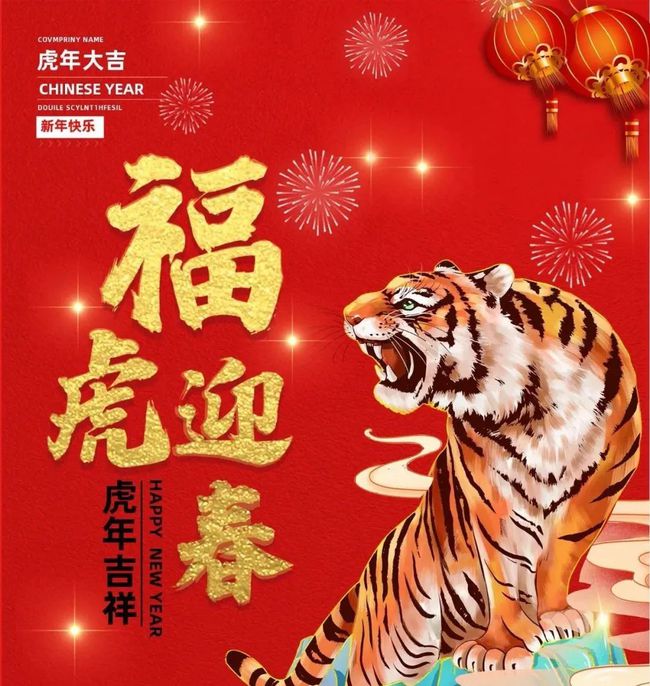Today we move on to another Pictogram character 雀.
At the first glance, its top part is an obvious Chinese character 少, which we have learnt at https://xiongzou.blogspot.com/2016/01/learn-one-chinese-character-day_22.html . 少 means less or small.
Bottom part of 雀 is unknown to us. We will need the help of its ancient scripts:
 |
| 雀evolution history |
Now we can clearly see that bottom part of its Oracle Scripts and
is drawing of a bird (details can be found at https://xiongzou.blogspot.com/2017/12/learn-one-chinese-character-day_18.html). so
and
is to mean small bird, like sparrow.
Its Bronze Script and Seal Script
and Clerical Script
were slowly simplified to our current writing form: 雀.
雀 means small bird. for example: 麻雀.
Now it is time to enjoy a Chinese calligraphy with 雀 inside:
 |
| 鸣蝉移树流余响,斗雀追风坠细翎。 |



